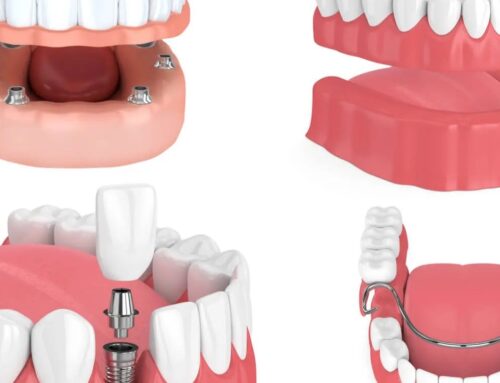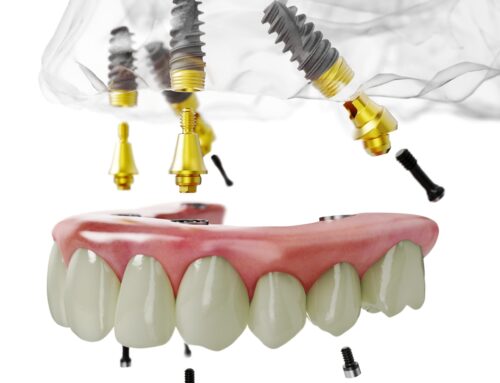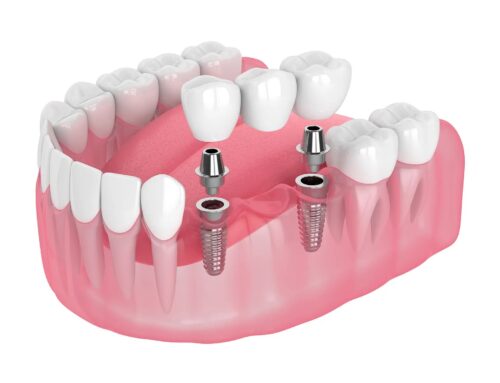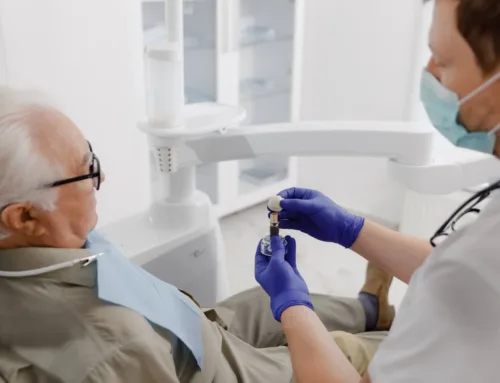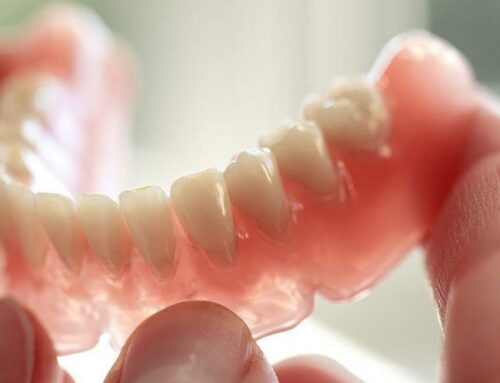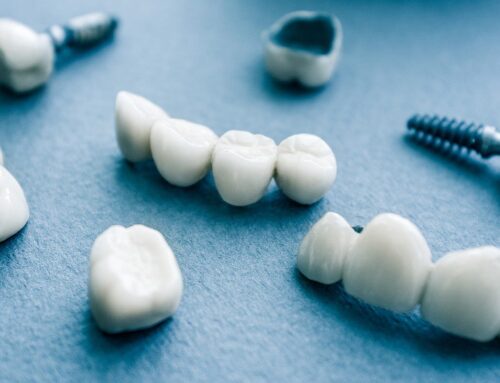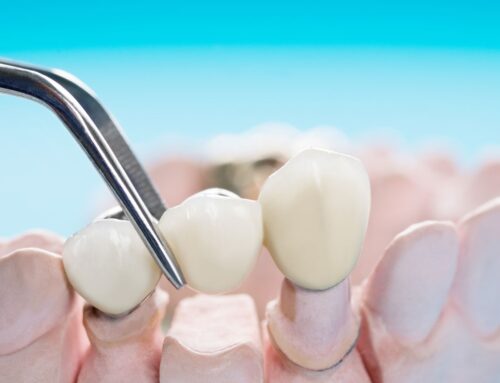Guide to Understanding Dental Implant Restoration
Losing a tooth is an unfortunate situation that can occur for a wide variety of reasons, and the effects of having a missing tooth on your self-esteem and self-confidence can be significant. Fortunately, having one or more lost teeth does not need to be a permanent thing, and there are several options available to patients who want to get back the smile they used to have prior to losing their tooth or teeth, and one of the most common and popular methods is dental implant restoration.
In this article, we will be discussing the various aspects of dental implant restoration, including the different reasons why patients may have lost their teeth, as well as what advantages there are to undergoing the restorative dental implant procedure. There are several types of dental implants that are suitable for a wide variety of dental requirements, we will also guide you through the initial steps down the road of having your missing teeth replaced with dental implants. Now, let’s take a look at some of the many reasons why lost teeth occur, and why dental implants may be the best choice.
Why People Get Dental Implants
There are dozens of possible reasons why someone may lose one tooth or several. It could be the result of an accident such as a fall, or perhaps an impact from a sporting activity, or some other type of physical damage to the jaw that causes a tooth or several teeth to become permanently loose or missing.
Aside from physical trauma to the teeth, there are many other causes for tooth loss that are related to dental hygiene. For example, teeth that suffer from cavities may decay to the point where repair is not possible, and removal is necessary. Gum disease is another common cause of tooth loss, as the gums recede and weaken the surrounding support tissue holding the teeth in place.
These issues can be exacerbated by poor hygiene such as neglecting to brush and floss regularly and properly, or by habits such as smoking that have serious negative effects on many different aspects of your health and dental hygiene.
Regardless of the underlying cause of the tooth loss, many patients undergo restorative dental implant procedures to replace their missing teeth and improve their overall dental health. Having a complete set of teeth allows for ease and consistency with chewing, providing greater comfort while eating and drinking. Implants also reduce the process of gradual bone loss within the jaw that occurs as a result of missing teeth. Lastly, replacing missing teeth also gives patients a boost to their self-confidence by removing unsightly gaps from their smile.
Advantages to Dental Implants
Dental implants provide many benefits to patients who want to replace one or more missing teeth. First, implants provide a secure and permanent solution to missing teeth, removing the worry that many patients have about false teeth becoming loose while performing normal tasks such as talking or chewing. The method with which implants are attached is solid and stable.
Because of this added stability and structure in how the implants are fastened within the jaw, there is far less risk associated with bone loss in the affected areas when compared to other replacement teeth options that are not directly connected to the jawbone. This results in your mouth being in a much more natural state, since dental implants act virtually identically to natural teeth in the jaw.
Caring for dental implants is simple and straightforward, requiring the same care and attention that you give to your natural teeth. Brushing, flossing, and using an oral rinse is generally all the regular maintenance that dental implants require. It’s perfectly safe to use other dental care tools like inter-dental brushes or water plaque removal devices to supplement your other oral care habits. In addition, your dentist will always be sure to inspect your implants as part of your usual hygiene and checkup visits, and will ensure that there are no issues.
Different Types of Dental Implants
In general, there are two main categories of dental implants that are commonly used, and each has a slightly different methodology and process behind them.
Endosteal Implants – The most common type of dental implant, endosteal implants utilize a metal anchor that is fused to the jawbone, along with a post that is used to hold the artificial tooth in place. Endosteal implants are often used to replace single missing teeth, or several individual missing teeth, provided there is enough strong bone in the jaw to support the implant.
Subperiosteal Implants – For patients who have experienced bone loss in the jaw, or simply do not have sufficient bone mass or strength in their jawbone to support an endosteal implant, a subperiosteal implant may be used. These implants consist of a metal frame which is secured and fitted to the jawbone, which is then used to support the posts connecting each individual artificial tooth.
Materials Used in Dental Implants
The majority of dental implants consist of posts and anchors made from a metal such as titanium, which has an extremely high strength-to-weight ratio and makes it perfect for these types of applications. There is also a composite material that is commonly used in implants called ‘zirconium’, which consists of a blend of metals including zirconium oxide, hafnium, and yttrium to produce a material that is actually closer in properties to ceramic than a true metal. Both titanium and zirconium are used because of their strength and versatility, as well as their ability to effectively fuse with bone in your jaw.
The artificial teeth themselves are usually made from common dental materials such as porcelain and acrylic resin, and are coloured and shaped to perfectly match the shades and contours of your natural teeth. Your dentist will use photos and colour-match guides in order to ensure that the resulting implant is as close to your natural tooth colours as possible.
Starting the Process of Getting Dental Implants
If you’ve got a missing tooth or multiple missing teeth that you’d like to have replaced, dental implant restoration might be the solution you’re looking for. To start the process, you’ll need to arrange a preliminary consultation and examination with your dentist to discuss what your goals are, and what the best treatment options will be for you. Every patient will have a slightly different experience in order to achieve their desired final results, and your medical and dental history will likely dictate much of how your treatment plan will be structured. Be sure to be completely open with your dentist on what your expectations are, as this will help them put together a plan that has the best chance of meeting your goals.
Conclusion
As you can see, dental implant restoration is an effective way to treat missing teeth in a way that provides a permanent solution and is easy to care for.
Contact us today to arrange a free, no-obligation consultation to learn more about dental implant restoration with the team at Georgian Dental®. We would be happy to guide you through what to expect throughout the process, as well as answer any of your questions and concerns in complete detail.
We are dedicated to helping you get your smile back in style and will ensure that you receive the best possible dental implant restoration treatment.
Appointment Request
If you’re interested in any of our procedures, and would like to meet with one of our dentists to discuss options, costs and get additional information, complete this short form and we’ll give you a call to arrange for a no-obligation appointment at our Barrie clinic.

